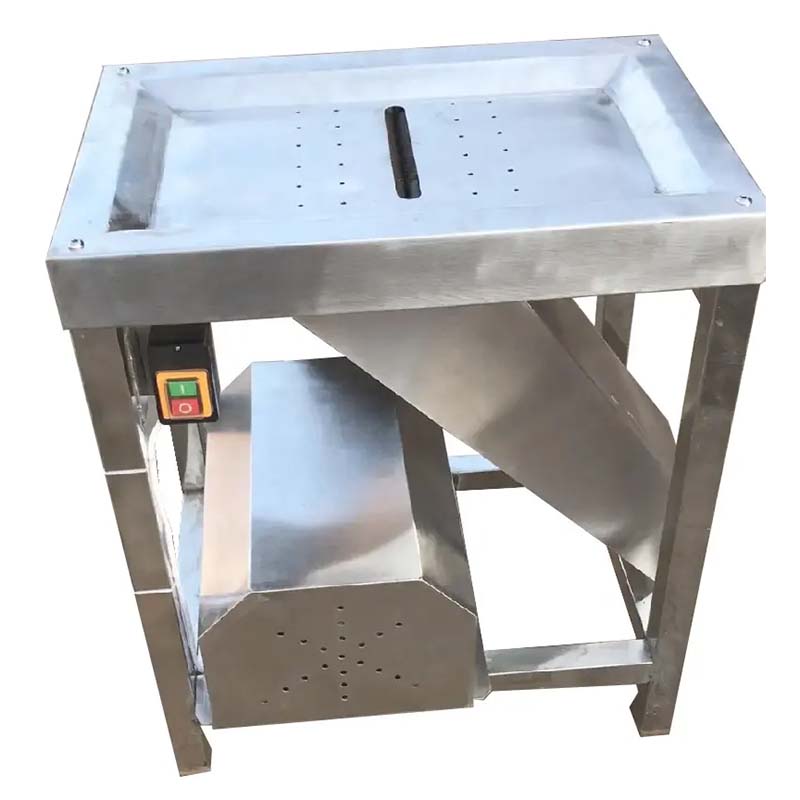Innovative Solutions for Safely Transporting Poultry Using Plastic Chicken Transport Cages
Aug . 01, 2024 01:36 Back to list
Innovative Solutions for Safely Transporting Poultry Using Plastic Chicken Transport Cages
The Rise of Plastic Chicken Transport Cages A Sustainable Solution for Poultry Industry
In the fast-evolving landscape of agriculture, sustainability and efficiency have become crucial benchmarks for success. Among the myriad innovations aimed at enhancing agricultural practices, the advent of plastic chicken transport cages marks a significant development in the poultry industry. These cages not only contribute to better animal welfare but also promote eco-friendly farming practices.
Plastic chicken transport cages are specifically designed for the safe and efficient transport of chickens
. Unlike traditional metal cages, these lightweight containers are made from high-quality, durable plastic. This shift in materials is not just a minor update; it represents a fundamental change in how poultry is raised, transported, and eventually marketed.One of the primary advantages of plastic transport cages is their weight. Being lighter than metal alternatives, they reduce fuel consumption during transport, thus lowering carbon emissions. This is particularly important in an industry that has come under scrutiny for its environmental footprints. By choosing plastic, poultry producers can adopt a more sustainable transport method, which is increasingly becoming a priority for many consumers who prefer to support eco-conscious brands.
An equally significant benefit of plastic cages is their durability. They are less prone to rust and corrosion, ensuring that they maintain their structural integrity over time. This characteristic not only extends the lifespan of the cages but also reduces the need for frequent replacements, leading to cost savings for poultry producers. Furthermore, plastic cages are often designed for easy cleaning and sanitization, a critical consideration in maintaining biosecurity within poultry operations. This capability helps to minimize the risk of disease transmission among chickens, thereby enhancing overall flock health and productivity.
plastic chicken transport cages

From an animal welfare perspective, plastic chicken transport cages also offer substantial improvements. They are designed with the chickens' comfort in mind, featuring ventilation and adequate space to move. Thus, these cages help to reduce stress levels during transport, which can significantly affect the health and quality of the poultry. Stress is known to impact meat quality, and by ensuring a gentler transport experience, producers can ultimately enhance the quality of the final product that reaches consumers.
In addition to their benefits for transport, plastic cages also play a role in promoting circular economy practices. Many modern plastic chicken transport cages are now made from recycled materials and can be recycled themselves at the end of their lifecycle. This aligns perfectly with global sustainability goals, making them a suitable choice for farmers looking to minimize their ecological impact.
As the market for organic and free-range poultry continues to grow, so does the demand for efficient and ethical farming practices. Plastic chicken transport cages align with this trend, providing poultry producers with a means to efficiently transport their birds while also adhering to the highest animal welfare standards. Moreover, consumers are becoming increasingly aware of the origin of their food and the practices employed in its production. By using plastic transport cages, producers can communicate their commitment to sustainability and animal welfare, bolstering their brand's credibility in a crowded marketplace.
In conclusion, plastic chicken transport cages are more than just a trend in poultry transportation. They symbolize a broader shift towards sustainable agriculture that prioritizes both animal welfare and environmental responsibility. As the industry continues to embrace this innovation, the future looks promising for poultry producers committed to providing high-quality food in an eco-friendly manner. The potential for continued advancements in material science and design will likely lead to even better solutions in the years to come, ensuring that the poultry industry can meet the demands of an ever-evolving world.
-
Hot Sale 24 & 18 Door Rabbit Cages - Premium Breeding Solutions
NewsJul.25,2025
-
Automatic Feeding Line System Pan Feeder Nipple Drinker - Anping County Yize Metal Products Co., Ltd.
NewsJul.21,2025
-
Automatic Feeding Line System Pan Feeder Nipple Drinker - Anping County Yize Metal Products Co., Ltd.
NewsJul.21,2025
-
Automatic Feeding Line System - Anping Yize | Precision & Nipple
NewsJul.21,2025
-
Automatic Feeding Line System - Anping Yize | Precision & Nipple
NewsJul.21,2025
-
Automatic Feeding Line System-Anping County Yize Metal Products Co., Ltd.|Efficient Feed Distribution&Customized Animal Farming Solutions
NewsJul.21,2025






